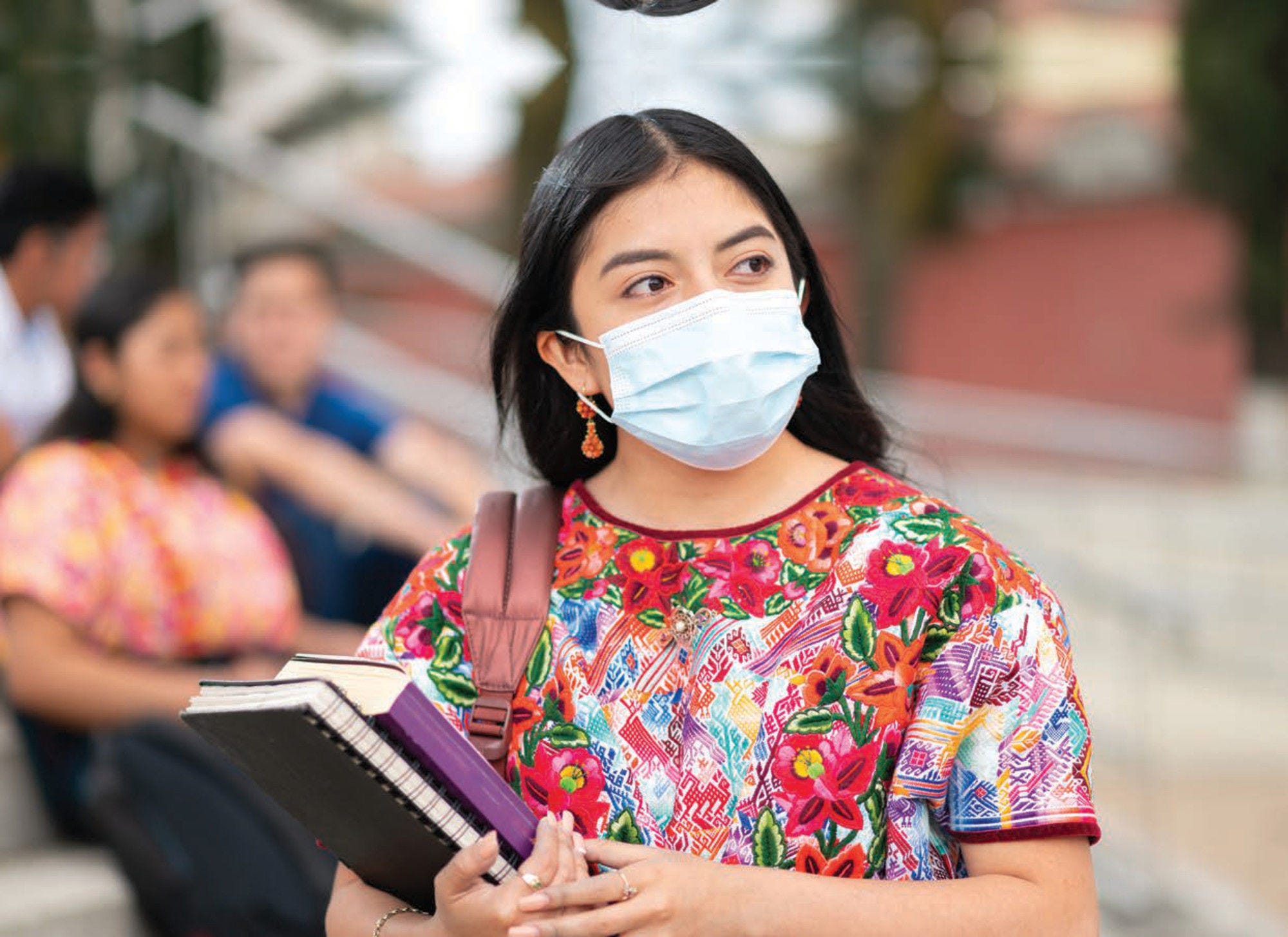Exposure to drinking water, sanitation, and hygiene behaviours (WASH) are vital to individual health, livelihood and well-being. Diarrhoea, respiratory infections, malnutrition, schistosomiasis, soil-transmitted helminth infections, and trachoma are some of the diseases associated to inadequate WASH. In 132 low‑ and middle‑income countries, an estimated 829 000 WASH-attributable deaths and 49.8 million DALYs occurred from diarrhoeal diseases in 2016, equivalent to 60% of all diarrhoeal deaths (Prüss-Ustün et al., 2019[1]). Over half a million children under age 5 die every year due to diarrhoeal disease. The estimation is that 88% of that burden is attributable to WASH and is mostly concentrated on children in developing countries. Better access to water and sanitation is fundamental to better health but it also contributes to social and economic progress, one of the many links to human capital described in this publication. It helps drive higher educational enrolment rates, improves the standard of living and lower healthcare costs necessary to maintain a productive workforce (UNICEF/WHO, 2017[2]).
Access to basic sanitary facilities has grown in LAC over recent years (Figure 4.15). In 2020, more than three out of four people living in rural areas and almost nine out of ten people living in urban areas in LAC countries have access to basic sanitation. However, in Haiti and Bolivia only around 25% and 44% of people living in rural areas have access to basic sanitation for adequate excreta disposal, respectively, meaning that open defecation is still common. Urban basic sanitation in these two countries increases to 46% and 75%, respectively, but still substantially below the LAC average. Progress has been particularly rapid in Ecuador and Paraguay, with an increase of 18 percentage points in the proportion of the population living in rural areas with access to basic sanitation between 2010‑20. Bolivia and Panama reported the largest increases of 16 and 11 percentage points in the population living in urban areas with access to basic sanitation during the same period. El Salvador, Guatemala, Jamaica and Saint Lucia were the only countries in LAC reporting a decrease in the percentage of the population having access to basic sanitation in urban areas from 2010‑20.
Between 2010 and 2020, most countries in LAC improved access to basic drinking water. Only Jamaica, Haiti, and Nicaragua experienced small decreases. On average, nearly nine in ten persons in rural areas and nearly all persons in urban areas have access to improved water sources in LAC. Only Haiti and Nicaragua lagged behind with less than two‑thirds of the population living in rural areas having access to basic water sources. In Haiti, the rate was 43%, meaning that less than half of the rural population had access to drinking water. Access was significantly improved in Paraguay, El Salvador and Peru, each reporting an increase of the population living in rural areas having access to basic drinking water of more than 20% between 2010‑20 (Figure 4.16).


